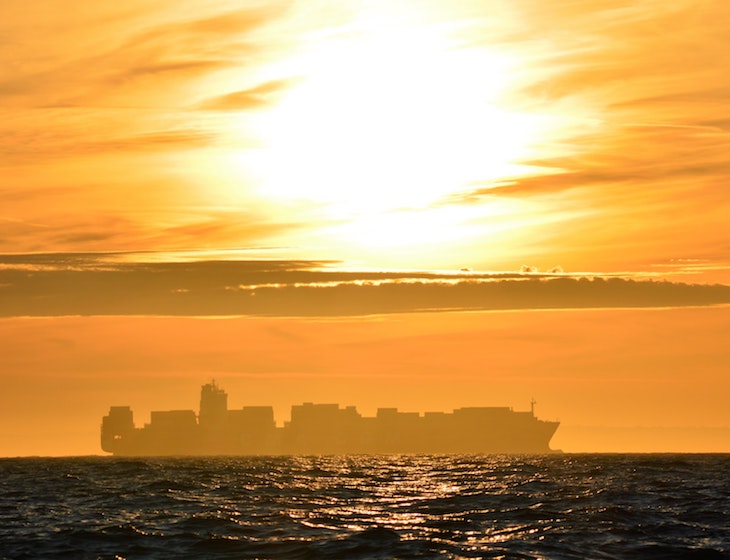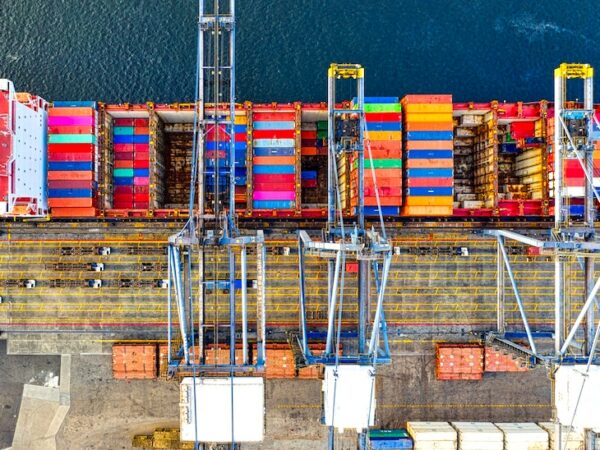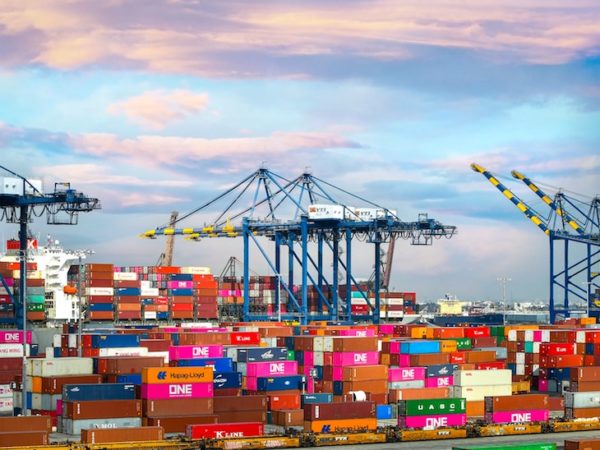
Supply chain bottlenecks continue to impact shipments from Asia and the Indian Sub-Continent. The outlook for early 2022 remains challenging but is expected to ease later in the year.
Peak Period Port Disruption Drags On
Shipments from Asia and the Indian Sub-Continent continue to be hampered by supply chain bottlenecks as port congestion across the world remains critical. While the Christmas spike in demand is usually softening, this year we are experiencing no let up in demand. We expect that demand will continue to be elevated towards the end of the year and all the way through January as retailers in the UK, Europe and the US rush to get products shipped ahead of the Chinese New Year holiday on 1 February 2022.
The availability of capacity is still being constrained by severe congestion at ports worldwide with landside bottlenecks caused by pandemic-induced restrictions in port and haulage operations. These factors are leading to less reliable services, longer delays and dwell times. The level of disruption at ports means that low schedule reliability will continue to remain a significant concern. While the severity of equipment shortages at origin is not as serious as earlier this year, shortages in South East Asia and the Indian Sub-Continet are still a major issue.
European ports remain heavily congested due to port staff and HGV driver shortages. These factors have resulted in full inland terminals which are unable to accept new arrivals and an increasing number of ship diversions resulting in booking cancellations, due to the last-minute decisions by carriers to skip ports.
Berthing and landside delays at the Port of Felixstowe remain critical with yard congestion resulting in ongoing rotation changes and vessel diversions into a number of ports in North Europe. Felixstowe is intermittently refusing empty container restitution as a tool for managing congestion as we continue through peak season.
UK consumers continue to be warned that the range and volume of goods available this Christmas is likely to be smaller than normal due to the supply chain bottlenecks.
Sea Freight Outlook for 2022
Inventory replenishment will support demand well into January 2022, through to Chinese New Year. Space and equipment capacity shortages are expected to continue to be a factor driven by port and vessel delays in Q1. As such, sea freight rates are expected to remain high. Analysts are suggesting that a recovery in space could accelerate from Q2 of 2022 if inflation, higher energy costs and possible interest rate hikes begin to reduce consumer spending on goods. Eventually, there is expected to be a reduction in demand in 2022 which will allow global supply chains to normalise.





